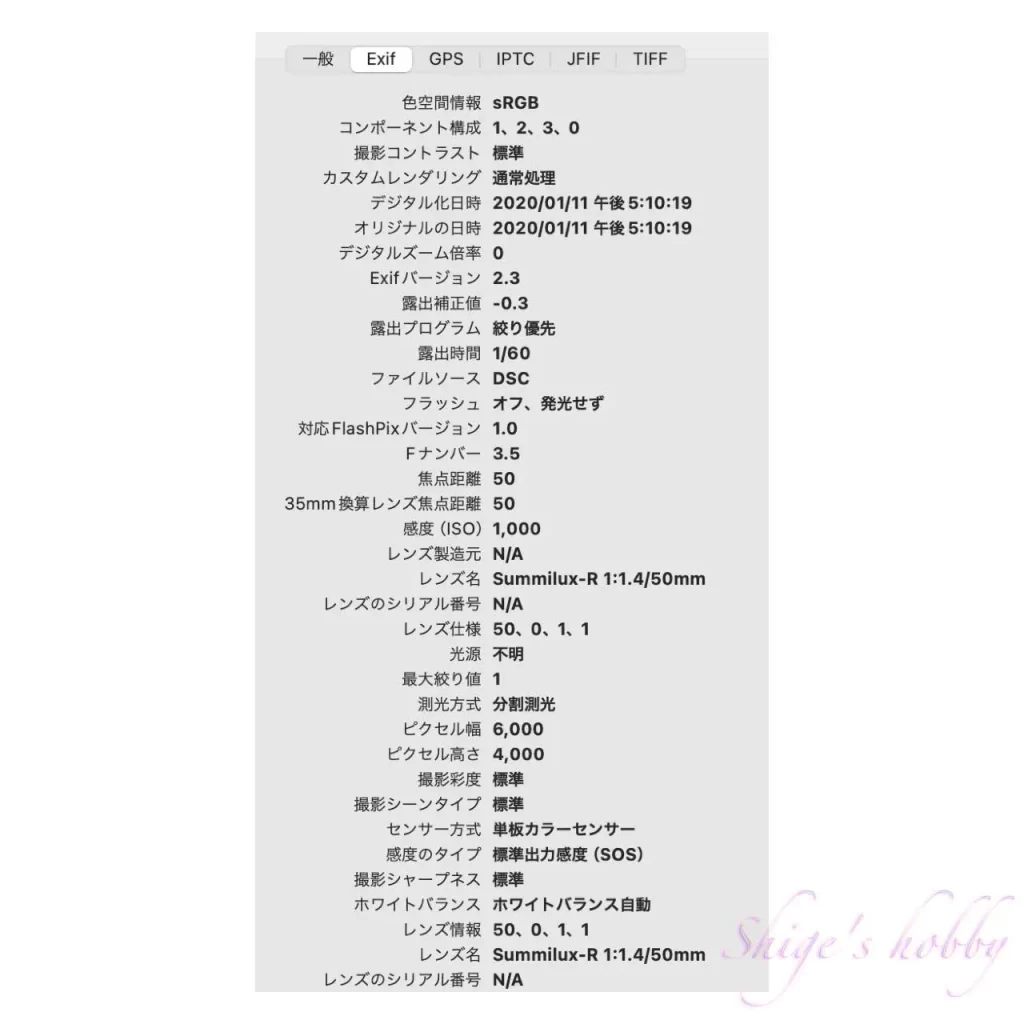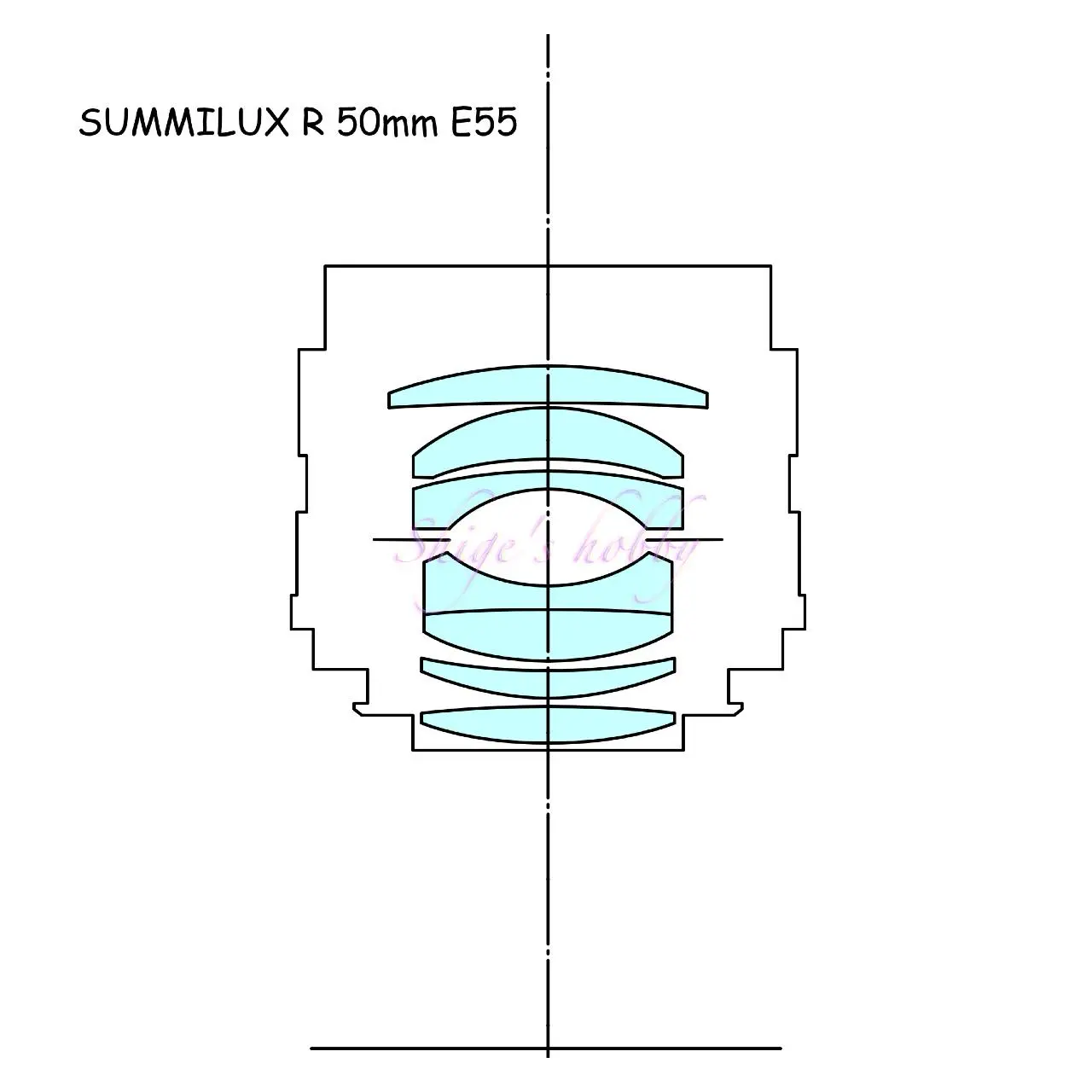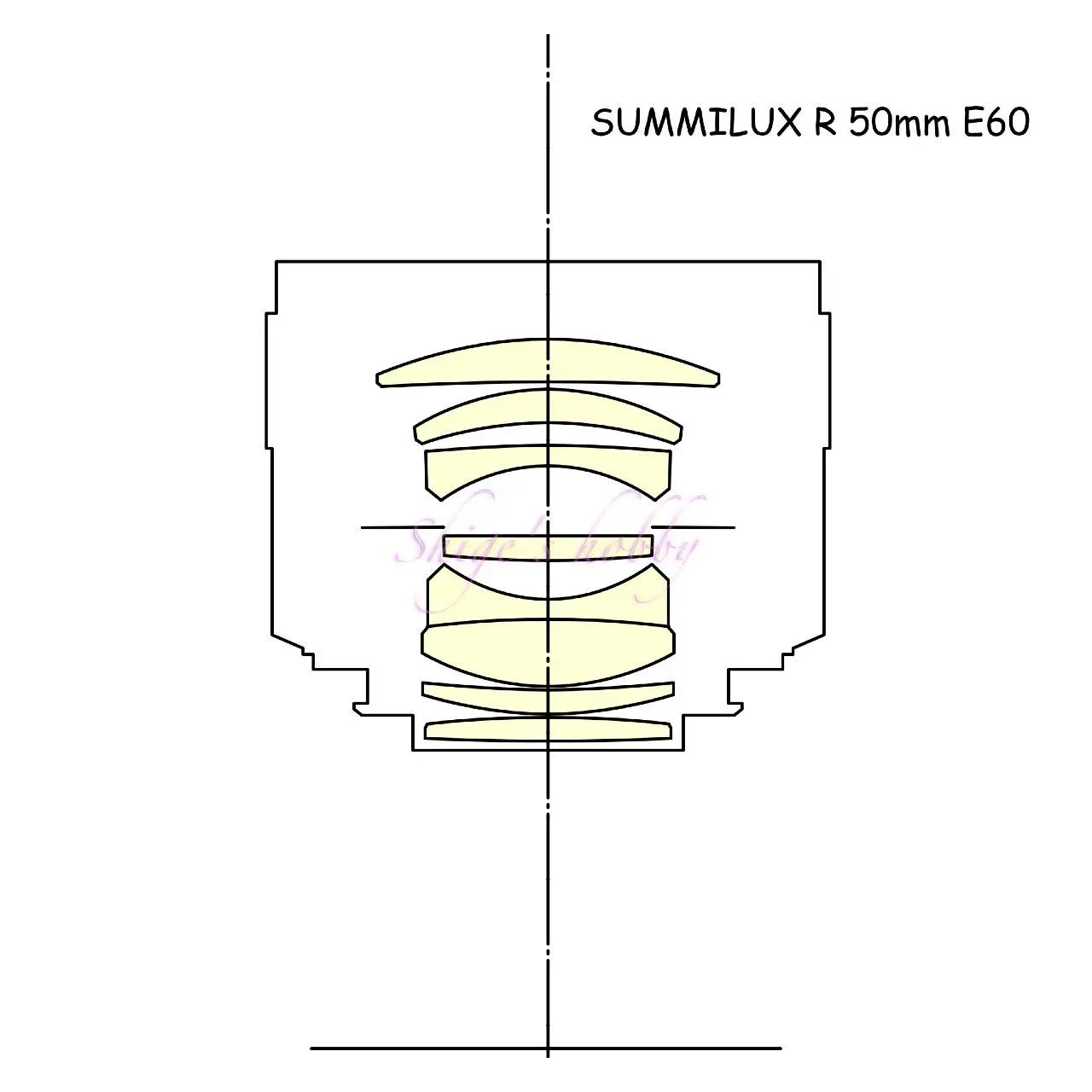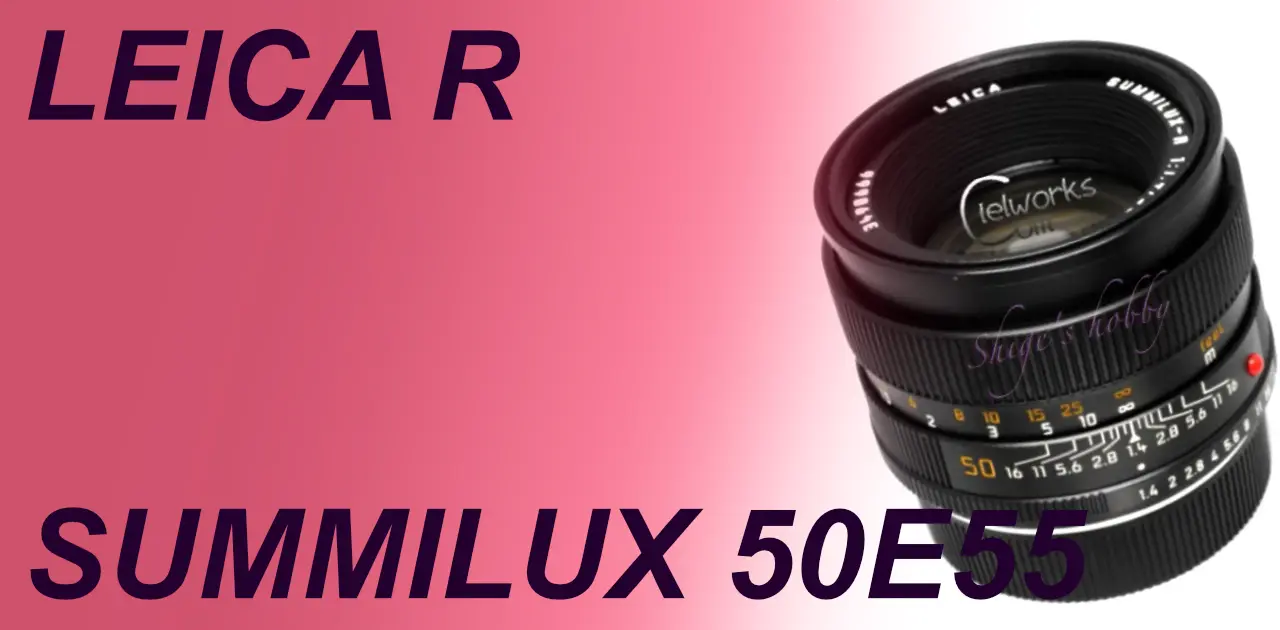Last updated on 2025-10-13
A review and photo examples of the LEICA SUMMILUX R 50mm F1.4 (old model/later model = Typ2), which has a revised lens barrel design and a built-in lens hood, used with the LEICA R8 and LEICA SL Typ601 etc.
- Please see the disclaimer regarding advertising here.
- Italicized links in the text are advertisement links that take you to other sites.
Table of contents
Gallery
The following cameras were used to take the sample photos:
- LEICA R8+Lomography Lady Grey B&W 400
- LEICA R8+Digital module R (DMR)
- CANON EOS 1Ds Mk-III
- CANON EOS 1D Mk-IV
- LEICA SL Typ601
- SONY α7Sii
- LEICA CL
- SONY α NEX-5 +BAVEYE x0.7(LR-E)
- HASSELBLAD X2D-100C
- Click on the photo to enlarge it
Review
1.Overview
There are two model numbers for the LEICA SUMMILUX 50mm old model/late model (hereafter referred to as “late model”). The 3-CAM lens (order number: 11776) was renewed from the old model/early model in 1978, and the lens with the R-CAM ROM terminal introduced here was released after 1989 (order number: 11777).
The lens configuration is the same as the old model/early model = Type 1 (order number: 11875) (order number: 11876, Safari color) (hereafter referred to as “early model”), which was first released in 1970.
When lumping together the early and late models, they are referred to as the “old model”. The old model has a standard double Gauss type lens configuration of 6 groups and 7 elements, and although the lens configuration is the same, the lens coating is thought to differ depending on the year of manufacture.
The new model, the SUMMILUX R 50mm (order number: 11344), has a completely new lens construction and a filter size of 60mm.
The later model introduced here uses a standard 55mm diameter screw-in filter size. In contrast, the earlier model had a screw-less drop-in filter called Series 7 that was dropped into the inside of the hood and the filter was sandwiched between the lens front frame and the hood.
The earlier model was manufactured in 1, 2, and 3-CAM, and the only lenses with a ROM terminal were modified ones. The later model was released with 3-CAM, R-CAM, and R-CAM + ROM terminal.
The earlier model was available in black and safari, while the later model was available in black, safari, platinum, and gold (order number: 11888).
2.Usability
The older and later SUMMILUX R 50mm models are well suited to film cameras due to their manufacturing date, and the sharpness and resolution of the images when viewed wide open on digital cameras is inferior to that of modern lenses. This can be improved by increasing the aperture value to a certain extent. Even so, the images are not as sharp wide open as modern lenses.
The lens is not very resistant to backlighting, and the built-in hood is short even when extended, so it cannot effectively block harmful light.
Despite the aforementioned drawbacks, it is one of my favorite lenses, just like the Summilux R 50mm on the E60.
Compared to the Summicron R 50mm, the lens weight has increased by 100g due to the increased number of lens elements, and the solid feel when held in the hand is comfortable. It has a good quality that cannot be experienced with modern plastic lenses.
I have owned this lens for a long time, so I use it with various cameras.
When using it with the LEICA SL Typ601, the genuine LEICA R-Adapter-L (16076) was used as the mount adapter. With this adapter, R-mount lenses with ROM terminals can transmit some information to the camera.
Also, the 4.4 million dot LCD viewfinder called Eye-res allowed me to accurately grasp the focus position even when the aperture was wide open. Also, when using a real aperture lens, the camera automatically adjusts the brightness of the EVF when the aperture is narrowed, so it has the advantage of being easier to shoot, unlike the viewfinders on SLR cameras, which become dark when using a real aperture lens.

As an example of a film camera using the LEICA R8, he gives a photo of a cat taken with black and white film. Although it depends on the results of the scan, the contrast of the shadows and the smoothness of the bokeh are clearly visible.
Looking at the results of the Digital module R, commonly known as DMR, which updates the LEICA R8 to a digital camera, the texture of the cat’s fur is well-represented, and the background is a little washed out because of a slight overexposure.
The results of the SONY α7Sii’s photos show that the pixel pitch is generous, so the color remains in the dark areas. This is probably due to the characteristics of both the lens and the camera.
When used with a CANON EOS 1Ds Mk-III via an EF/EOS-LEICA R mount adapter, the entire screen is flat and detailed, with little distortion in the peripheral areas. It is fully compatible with 20-megapixel sensors.
In addition, some R-mount lenses can cause lens errors when shooting with EOS cameras equipped with 35mm full-frame sensors, but this lens could be used without any problems with the EOS-1 Ds MKIII.
Also, while glasses users may find it a little difficult to find the focal peak, my impression when shooting with the EOS viewfinder was that even at the maximum aperture of F2, the focal peak was easy to find and there were no problems with focusing. And the yield of the shooting results was good. Since the actual aperture is used, it is inevitable that the viewfinder becomes dark when the F-number is narrowed, as this is a structural problem with SLR cameras.
Some R-mount lenses can cause lens errors with EOS cameras equipped with 35mm full-size sensors, but this lens could be used without any problems with the EOS-1 Ds MKIII.
Compatibility results when using the LIECA R-mount with Canon digital SLR cameras are listed on the following page.
Since the LEICA CL is a camera equipped with an APS-C size sensor, only the best depiction in the center of the lens can be used, so you can see that the cat’s fur in the center of the focus position is well resolved.
The example of the SONY α NEX-5 was taken using KIPON’s BAVEYE x0.7 focal reducer. When a focal reducer is attached to a camera equipped with a sensor smaller than 35mm format, the focal length is increased by the coefficient of the sensor, but the focal length is shortened by magnifying it with the auxiliary lens of the mount adapter. In the case of the SONY α NEX, a lens with a focal length of 50mm becomes 1.5 times 75mm due to the sensor size, but by multiplying it by 0.7 with the focal reducer, the focal length becomes 52.5mm. Due to the influence of this magnifying lens, the depiction in the peripheral areas tends to be distorted, but if the surroundings are dark as in this example, the distortion is not noticeable. The center part firmly inherits the good points of the original lens.
It was used on a HASSELBLAD X2D-100C medium-format digital mirrorless camera via a NOVOFLEX HAX/LER (Leica R lenses to Hasselblad x 1d Camera) mount adapter.
As can be seen in the sample images, there is a slight dimming at the edges when photographing the sky, and distortion of the image at the edges of landscapes can be seen. However, these are tolerable depending on the shooting situation, so it can be used as a lens with a focal length equivalent to 40mm. We believe that the same results can be obtained with the Fujifilm GFX series, which has a similar sensor size.
In addition, these results show that the lens has an image circle that exceeds 35mm format, and if you use a camera with a 35mm full-frame sensor, you can expect sufficient image quality all the way to the edges.
3.Summary
In conclusion, to sum up the SUMMILUX R-E55, while its size is almost the same as the SUMMICRON R 50mm, it can be used in a wider range of situations because it can use a one-stop brighter aperture. Even at full aperture, it does not produce an overly fluffy image, so if the shutter speed allows, you can use it at full aperture even during the day and enjoy soft bokeh.
Specifications, considerations, etc.
Compared to newer models, older models are produced in larger numbers and are easier to obtain. Since they were manufactured over a long period of 17 years, the condition of each lens varies greatly. When purchasing a lens, check the condition of the lens and choose one that offers a good balance between price and quality.
The lens coating of Summiluxes from this era is amber, and the final aspheric surface of the M-mount Summilux 50mm released in 1992 was beautiful with a similar coating color. However, the effect of the coating is not perfect, and purple fringes can be noticeable around the subject in backlit situations.
Although difficult to obtain, the R-mount SUMMILUX 50mm model with a 60mm filter diameter in its final form also produces a higher level of image quality.


| Item | SUMMILUX | SUMMILUX |
| focal length(mm) | 50 | 50 |
| Maximum aperture | 1.4 | 1.4 |
| Minimum aperture | 16 | 16 |
| Lens configuration | 6 | 8 |
| Leaf blade | 6群7枚 | 7群8枚 |
| Minimum distance(m) | 0.5 | 0.5 |
| Lens length(mm) | 50.6 | 51 |
| Lens max diameter(mm) | 68.5 | 70 |
| Filter type | 55 | 60 |
| Weight(g) | 395 | 490 |
| Hood | Cylindrical pinning | Build in |
| Lens mount | LEICA R | LEICA R |
| Release date | 1989~1995 (Model 11777) | 1997~2005 |
| Production numbers | 4,149 (11777) 35,322 (all) | 2,700 |
Reference links
- All about the R-type Leica / Author: Shinichi Nakamura / Edited by Asahi Sonorama Ads by Amazon
- SUMMILUX-R 50mm F1.4 E55・LEICA WIKI
- SUMMILUX R 50mm f/1.4 E60・LEICA WIKI
- SUMMICRON-R 50mm F2・LEICA WIKI
- SUMMILUX M 1.4/50-3rd・LEICA WIKI
- SUMMILUX R 50mm E55・LENS.DB
- SUMMILUX R 50 2nd Technical PDF
- LEICA SL Typ601・Shige’s hobby
- LEICA R8・Shige’s hobby
- SONY α7Sii・Shige’s hobby
- LEICA CL・Shige’s hobby
Update history
- 2025.5.4
- 2024.12.16
- 2024.02.16:Update article
- 2022.02.07:First draft
Affiliate link
- Leica R lens・Ads by ebay
- Leica M lens・Ads by ebay
- Leica TL・Ads by ebay
- Leica SL・Ads by ebay




Be First to Comment